Hadrian’s Wall is Britain’s answer to the Great Wall of China.
Built by the Romans between AD 122 and AD 130, this remarkable structure stretches from Carlisle on England’s west coast to Wallsend on the east.
This World Heritage site is top of many visitors’ tour schedules in the north of England – and for good reason.
Along its route you’ll see fortresses, milecastles, ruined garrisons and temples set in a rural landscape that has changed little over the centuries.
Roman sites
Hadrian’s Wall was an amazing engineering and military operation for its time.
It’s a great place to reflect on the power and scale of the Roman empire as you stand on its furthest northern boundary.
My trip to Hadrian’s Wall this week made me think back to my Italian vacation this summer when I visited Hadrian’s Villa in Tivoli, a splendid palace full of fantastical temples, monuments and gardens to rival ancient Greece and Egypt.
The same emperor created Hadrian’s Wall and I couldn’t help thinking about the great leader enjoying his extravagent Italian palace whilst his troops were stationed on the northern extremity of his empire in a God-forsaken, wild location.
The legacy of the troops who built the wall in Britain is still to be seen, even though many stones have been pillaged over the centuries.
There’s a wide choice of ancient ruins to visit including Vindolanda, Housesteads and Chesters – the three ‘biggies’.
Top Roman attractions
Housesteads is one of my favourite Roman sites, perched on top of a rugged ridge in a windswept location. If you stand in the centre of the former garrison it’s easy to imagine how the 800 Roman soldiers must have shivered and sniffled their way through the cold and wet British winter.
My trip was also rainy and windy, and provided a real sense of the rugged and bleak conditions the Roman soldiers who have battled to cope with as well as the challenge of defending this tricky border outpost.
Chesters is very different with its valley bottom site guarding a Roman crossing on the river. It is the best preserved Roman cavalry fort and bath house in Britain, and once housed a garrison of 500 troops.
It’s easy to imagine how the fort would have looked in its heyday as you gaze down on the remains of the Roman gates, the headquarters building, commandant’s house and out-buildings.
Vindolanda is located a couple of miles from the wall and combines the military and the domestic sides of the Roman empire, reflecting the fact that it was a frontier fort and settlement before Hadrian’s Wall was built.
There’s the remains of the barracks, a bathhouse, military buildings and civilian houses as well as reconstructions of a Roman temple and a Romano-British house.
The museum boasts superb Roman exhibits including writing tablets, jewellery and recent finds of leather goods and shoes (which are very rare).
A well-preserved tent made of goat skins caught my eye… an amazing remnant of an ancient time.
One of the great things about this site is the ongoing archaeological excavation project which you can watch from the sidelines… and you can also volunteer for one of the digs.
On the border
Smaller sites near Hadrian’s Wall also provide clues to life on the northern edge of the Imperial Roman Empire…
Birdoswald – Roman ruins and an interesting museum with interactive displays.
Brocolitia – a small Mithraic temple site located close to the Roman road near Housesteads.
Corbridge Roman Town – a sizeable site with Roman ruins. Look out for the famous Corbridge lion, one of the most distinctive stone carvings in the museum.
As well as these archaeological sites there are many impressive landscapes along the wall. Steel Rigg is my favourite spot with its rugged ridge, craggy top and spectacular views. I also love the intriguing ‘gap’ in the landscape with a silhouetted single sycamore tree.
Famously, this location appeared in Kevin Costner’s Robin Hood Prince of Thieves although the film’s geography leaves much to be desired. Hollywood located Hadrian’s Wall close to Dover rather than Newcastle!
Walk the wall
One of the best ways to see Hadrian’s Wall is to walk along its entire length, but it’s not for the faint-hearted.
OK, I have to confess that I’ve never completed the full walk but I’m tempted to try it for the first time.
The route has several flat sections as well as a few hills and bumpy bits en route so it’s not too strenuous – but there is quite a lot of ground to cover.
This weekend I was struck by the number of people, many of them of ‘mature years’, walking the full distance with backpacks and walking sticks.
Just one snag, I need to find a week of my time to walk it!
Tammy’s top travel tips – Hadrian’s Wall
Hadrian’s Wall covers a large number of sites strung out along its length. Decide on your itinerary – Housesteads, Chesters and Vindolanda are all good places to start your journey.
If you’re planning to walk the wall you’ll need around 5-8 days to complete the journey depending where you start. There’s plenty of advice online for potential walkers. It’s 84 miles long so break your journey into smaller sections.
Remember that the wall is a living archaeological site so respect its fragility. This may sound obvious but don’t walk on the wall structures!
Dotted along its route are a number of camp sites, B & Bs, pubs and hostels where travellers can bunk up for the night before heading back on their Roman trails. This accommodation website has some helpful suggestions.
Steel Rigg has a shorter walk along the wall starting from the car park (signposted Steel Rigg) just west of Housesteads.
Wrap up warm if you’re visitng some of the more exposed locations on the wall such as Housesteads.
Carlisle at the far end of the wall has some interesting museums with Roman finds including Tullie House Museum.
There’s a caravan/camper van site at Birdoswald and a large Caravan and Camping Club site at Bellingham which also has camping ‘pods’.
Categories: Archaeology, Northumberland, UK, Walks












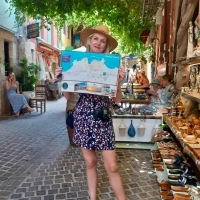
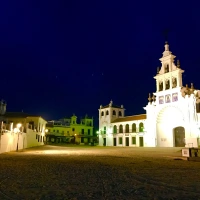

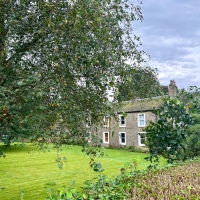
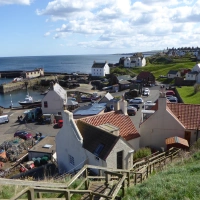

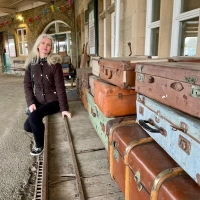

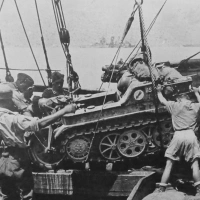
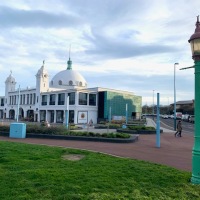

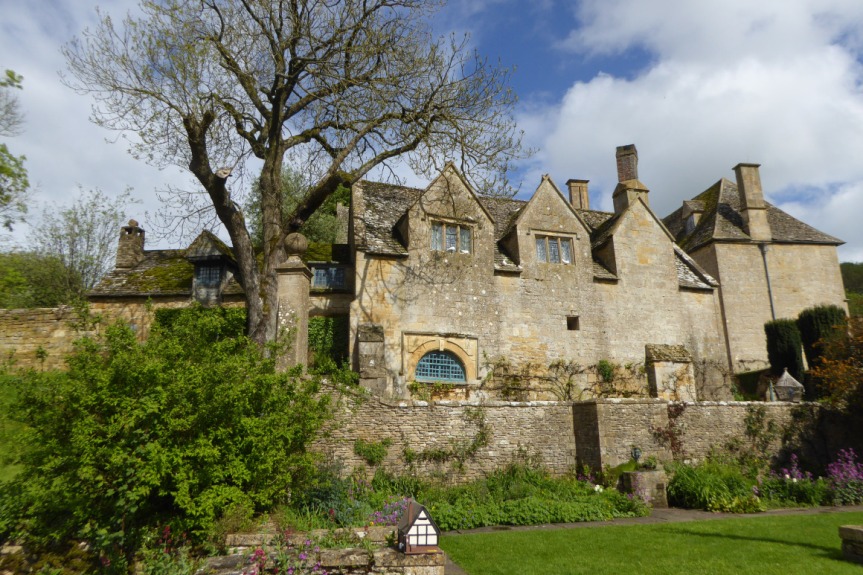



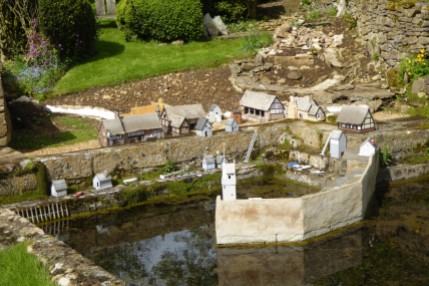



2 replies »